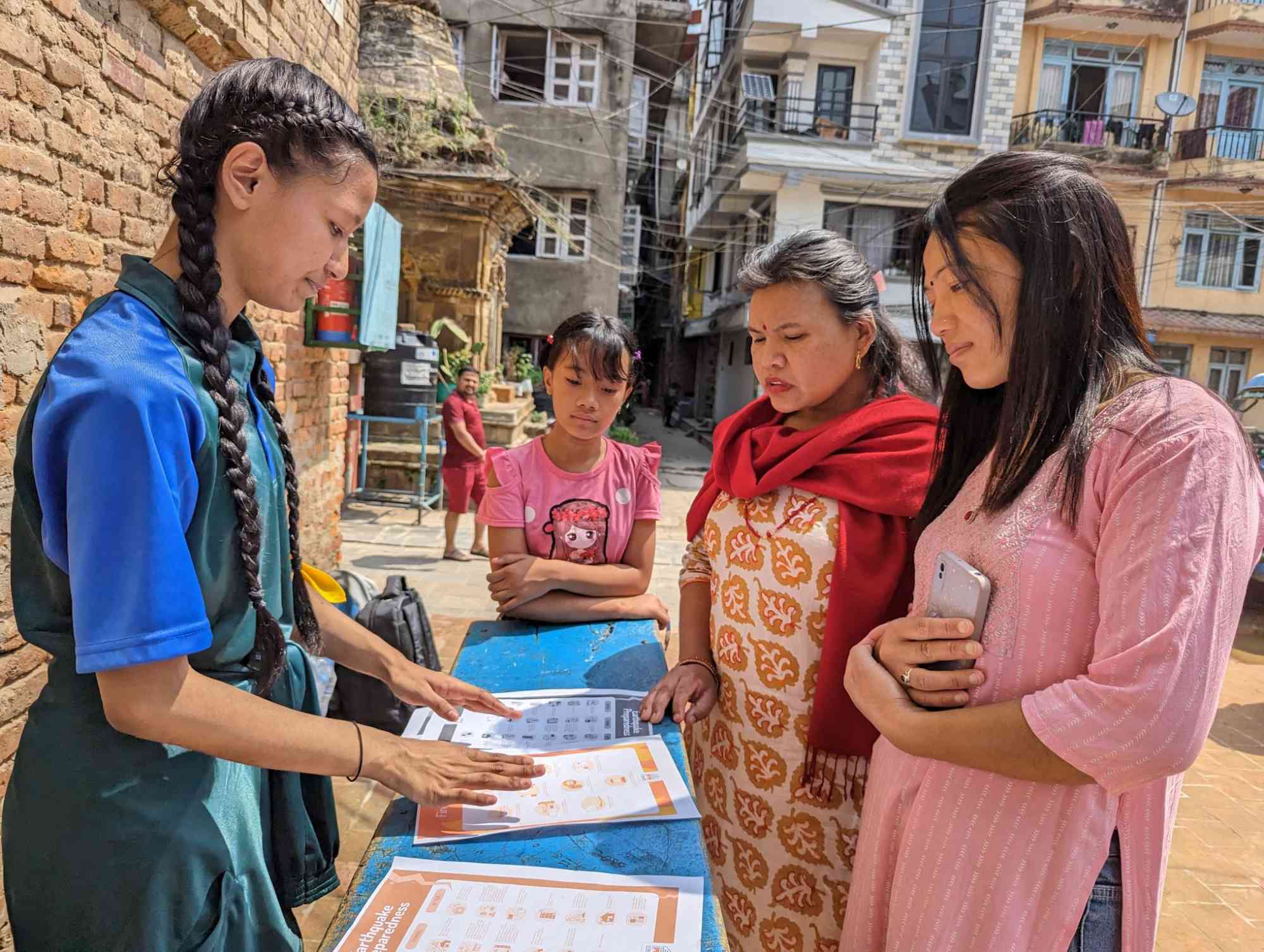School Club Based Resilience Community Model Project (SCBMRP), Nepal – Third Phase
The project aims to propagate disaster education from DRR education clubs of schools to its respective communities through interactive games and tools designed both for children and adults learn about risks and its countermeasures effectively.
Description
The School Club Based Resilient Community Model Project (SCBRCMP) is a joint project implemented by Plus Arts NPO, CityNet, and the Informal Sector Service Center of Nepal. Funded by the Japan International Cooperation Agency (JICA), the project was started as a response to the April 2015 earthquake which stressed the need for disaster awareness and education in the country. The first two phases of the project were specifically co-implemented by CityNet Yokohama Project Office from 2017 – 2020 with significant outcomes involving 18 schools across five target municipalities.
This voluntary commitment accounts for the third phase of the project co-implemented by CityNet Kobe Office, which aims to expand the scope of disaster risk education to at least 50 schools across Kathmandu Valley building on the first two phases of the SCBRMCP. The first year of the third phase project utilizes the previously established DRR Education Clubs to disseminate knowledge and strategies of addressing risks through interactive games and tools. The project has been capacitating teachers of Kathmandu Valley to develop effective educational tools to help children understand disaster risks more effectively, thereby knowing the ways to address the risks at household levels. The first year of the third phase included tool development workshops for teachers on safe construction practices as well as addressing infectious diseases including Dengue and COVID-19
Did the Sendai Framework change or contribute to changes in your activities/organization? If so, how?
The project primarily focuses on understanding disaster risks by each and every household in the community. The knowledge transfer process is from schools to the communities. The first priority of the Sendai Framework directly relates to this activity.
What led you to make this commitment/initiative?
What was your position before making this Voluntary Commitment / prior to the Sendai Framework?
While the risks and its countermeasures are being understood by the technical people, the public in general still lacks proper and effective ways of addressing risks. Therefore, to counter such gap in knowledge dissemination, the project targets the grassroots population and utilizes the DRR Education Clubs in schools. We have continuously worked at the grassroots and the local government level prior to the Sendai Framework as well.
